当前位置:网站首页>Web components series (VII) -- life cycle of custom components
Web components series (VII) -- life cycle of custom components
2022-07-05 03:40:00 【Programming samadhi】
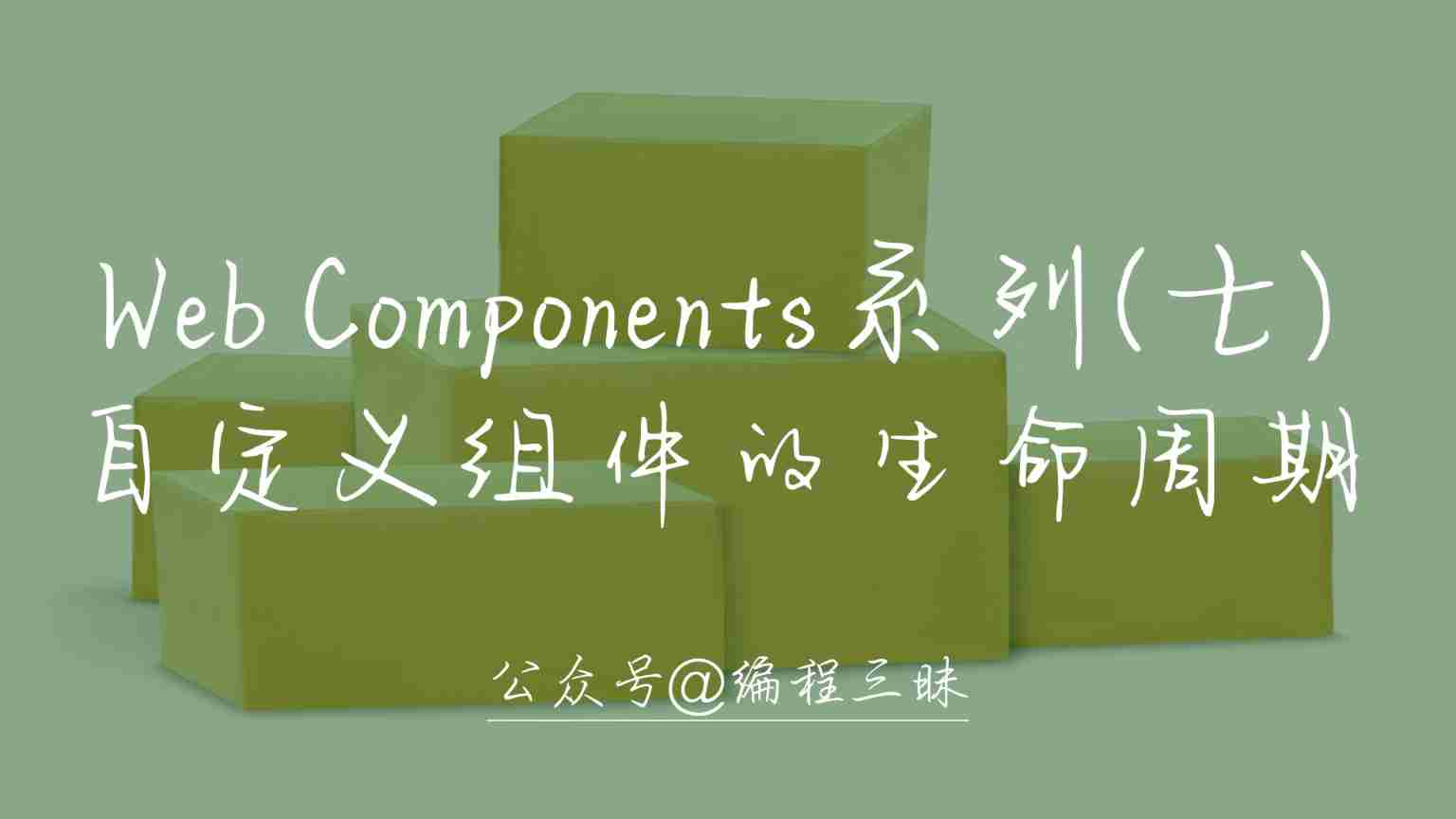
Preface
What is meant by ” Life cycle “? seeing the name of a thing one thinks of its function , The life cycle refers to the whole process of an object from its birth to its death , Of course , The specific stage division of the life cycle of different objects may be different .
When we use the front-end component framework , We all know that each component has its own life cycle , After defining the component life cycle , Developers can execute different code logic in different life cycles of components , So as to achieve the role of management components .
In order to make Custom Elements More flexible in use , It also has the ” Life cycle “ Callback function , It allows developers to define methods that can be executed at different stages of the component's life .
Custom Elements Life cycle division
stay Custom Elements In the constructor of , You can specify multiple different callback functions , They will be called at different times of the element's life :
connectedCallback: When Custom Elements First inserted into document DOM when , Called .disconnectedCallback: When Custom Elements From the document DOM When deleted in , Called .adoptedCallback: When Custom Elements When moved to a new document , Called .attributeChangedCallback: When Custom Elements increase 、 Delete 、 When modifying its properties , Called .
Be careful : The lifecycle callback function of a custom element is used in its constructor .
Use of lifecycle callback function
First look at the effect :

What needs to be noted here is :adoptedCallback The callback is only available when the custom element is moved to a new document ( It's usually iframe) It will be triggered only when it is in .
The code is as follows :
<!--index.html-->
<head>
<style> body {
padding: 50px; } custom-square {
margin: 15px; } iframe {
width: 100%; height: 250px; overflow: hidden; } </style>
</head>
<body>
<h1>Custom Elements Life cycle </h1>
<div>
<button class="add"> Additional Square To DOM</button>
<button class="update"> change Square Properties of </button>
<button class="remove"> remove Square Elements </button>
<button class="move"> Move Square To Iframe</button>
</div>
<iframe src="./other.html"></iframe>
<script src="./square.js"></script>
<script src="./index.js"></script>
</body>
<!--other.html-->
<body>
<h1> This is a other.html</h1>
</body>
// square.js
function updateStyle(elem) {
const shadow = elem.shadowRoot;
shadow.querySelector("style").textContent = ` div { width: ${
elem.getAttribute("l")}px; height: ${
elem.getAttribute("l")}px; background-color: ${
elem.getAttribute("c")}; } `;
}
class Square extends HTMLElement {
static get observedAttributes() {
return ["c", "l"];
}
constructor() {
super();
const shadow = this.attachShadow({
mode: "open" });
const div = document.createElement("div");
const style = document.createElement("style");
shadow.appendChild(style);
shadow.appendChild(div);
}
connectedCallback() {
console.log("custom-square Be mounted to the page ");
updateStyle(this);
}
disconnectedCallback() {
console.log("custom-square Removed from page ");
}
adoptedCallback() {
console.log("custom-square Moved to a new page ");
}
attributeChangedCallback(name, oldValue, newValue) {
console.log("custom-square The attribute value is changed ");
updateStyle(this);
}
}
customElements.define("custom-square", Square);
// index.js
const add = document.querySelector(".add");
const update = document.querySelector(".update");
const remove = document.querySelector(".remove");
const move = document.querySelector(".move");
let square;
update.disabled = true;
remove.disabled = true;
function random(min, max) {
return Math.floor(Math.random() * (max - min + 1) + min);
}
add.onclick = function () {
// Create a custom square element
square = document.createElement("custom-square");
square.setAttribute("l", "100");
square.setAttribute("c", "red");
document.body.appendChild(square);
update.disabled = false;
remove.disabled = false;
add.disabled = true;
};
update.onclick = function () {
// Randomly update square's attributes
square.setAttribute("l", random(50, 200));
square.setAttribute("c", `rgb(${
random(0, 255)}, ${
random(0, 255)}, ${
random(0, 255)})`);
};
remove.onclick = function () {
// Remove the square
document.body.removeChild(square);
update.disabled = true;
remove.disabled = true;
add.disabled = false;
};
update.onclick = function () {
// Randomly update square's attributes
square.setAttribute("l", random(50, 200));
square.setAttribute("c", `rgb(${
random(0, 255)}, ${
random(0, 255)}, ${
random(0, 255)})`);
};
move.onclick = function () {
window.frames[0].document.body.appendChild(square);
}
Conclusion
That's all Custom Elements A simple example of using the lifecycle callback function , I hope it helped you !
Custom Elements In the callback function of ,adoptedCallback There are few usage scenarios , This needs attention .
- ~
- The end of this paper , Thank you for reading !
~
Learn interesting knowledge , Make interesting friends , Create interesting souls !
Hello everyone , I am a 〖 The samadhi of programming 〗 The author of Hermit King , My official account is 『 The samadhi of programming 』, Welcome to your attention , I hope you can give me more advice !
边栏推荐
- Simple use of devtools
- 有個疑問 flink sql cdc 的話可以設置並行度麼, 並行度大於1會有順序問題吧?
- How to define a unified response object gracefully
- JWT漏洞复现
- The perfect car for successful people: BMW X7! Superior performance, excellent comfort and safety
- SQL performance optimization skills
- Clickhouse同步mysql(基于物化引擎)
- Multimedia query
- 【无标题】
- In MySQL Association query, the foreign key is null. What if the data cannot be found?
猜你喜欢
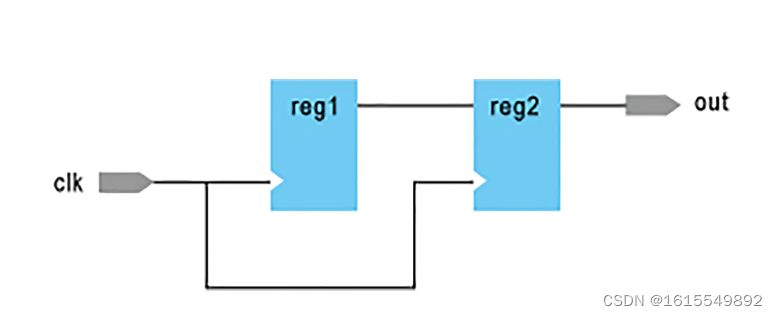
【无标题】

Utilisation simple de devtools

Why are there fewer and fewer good products produced by big Internet companies such as Tencent and Alibaba?
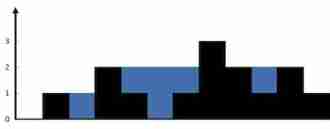
Leetcode42. connect rainwater
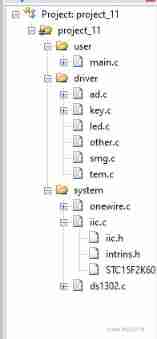
C file in keil cannot be compiled
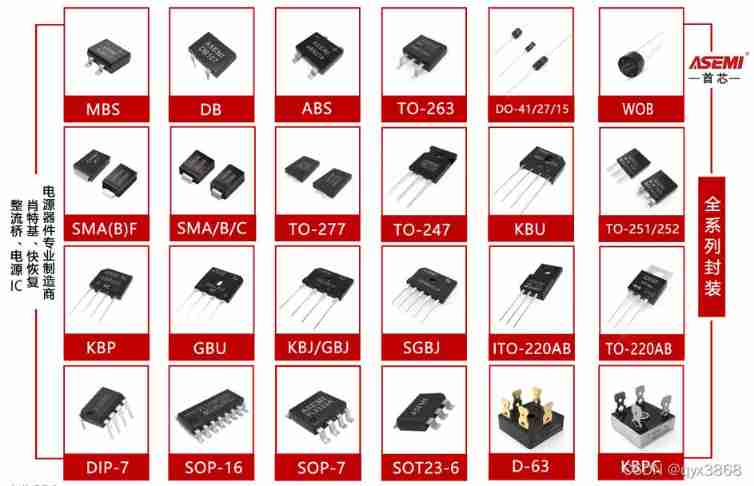
Kbp206-asemi rectifier bridge kbp206
![[web Audit - source code disclosure] obtain source code methods and use tools](/img/ea/84e67a1fca0e12cc4452c744c242b4.png)
[web Audit - source code disclosure] obtain source code methods and use tools

Single box check box

Linux Installation redis
![[安洵杯 2019]不是文件上传](/img/f1/736eb5fe51c299e3152ca87895ee99.png)
[安洵杯 2019]不是文件上传
随机推荐
ICSI213/IECE213 Data Structures
Leetcode42. connect rainwater
The perfect car for successful people: BMW X7! Superior performance, excellent comfort and safety
Cette ADB MySQL prend - elle en charge SQL Server?
Share the newly released web application development framework based on blazor Technology
In MySQL Association query, the foreign key is null. What if the data cannot be found?
Hot knowledge of multithreading (I): introduction to ThreadLocal and underlying principles
Delphi read / write JSON format
v-if VS v-show 2.0
[Chongqing Guangdong education] 2777t green space planning reference questions of National Open University in autumn 2018
[web Audit - source code disclosure] obtain source code methods and use tools
JWT漏洞复现
How to make the listbox scroll automatically when adding a new item- How can I have a ListBox auto-scroll when a new item is added?
Class inheritance in C #
Binary heap implementation (priority queue implementation)
Mongodb common commands
2. Common request methods
[software reverse analysis tool] disassembly and decompilation tool
When sqlacodegen generates a model, how to solve the problem that the password contains special characters?
Multi person online anonymous chat room / private chat room source code / support the creation of multiple chat rooms at the same time